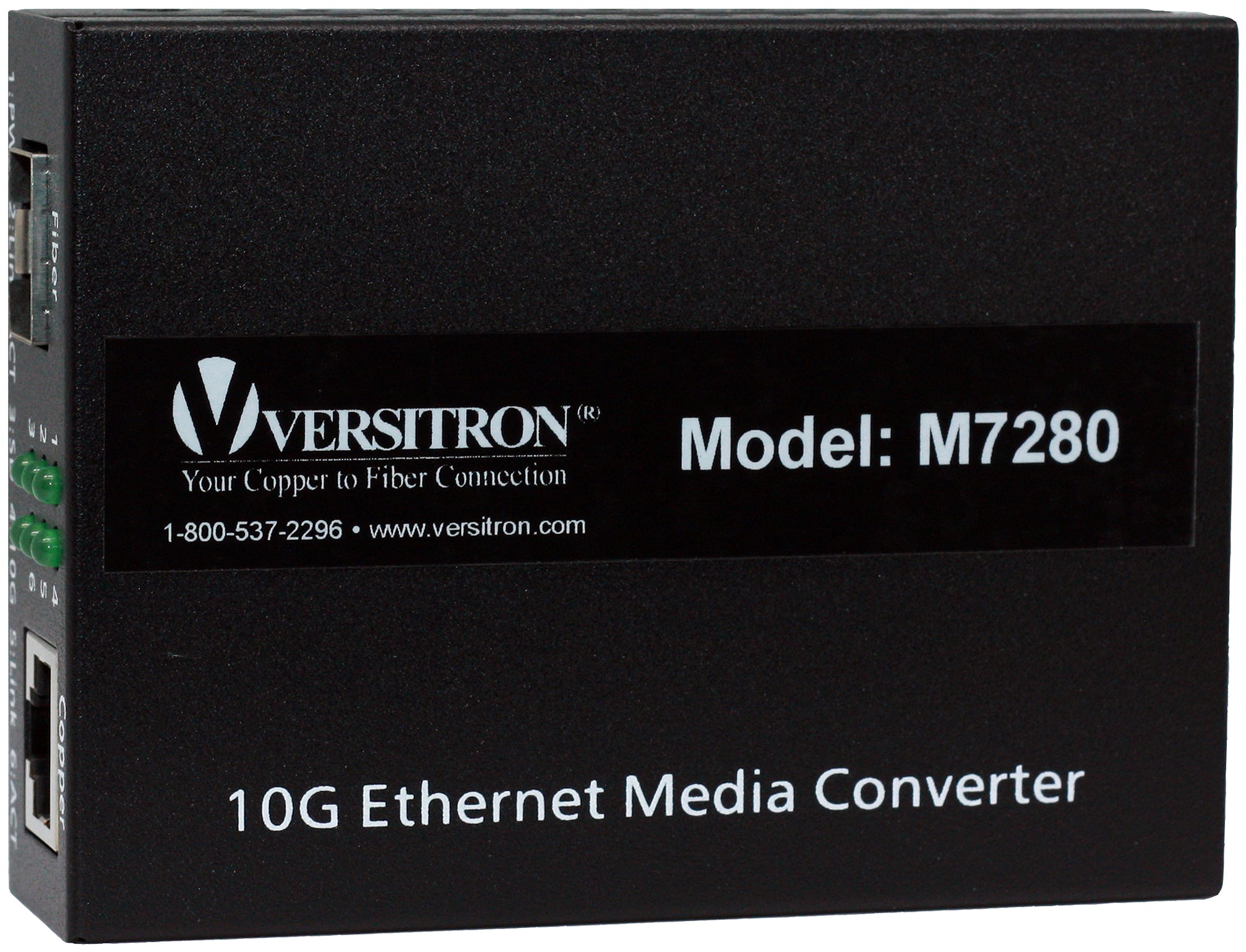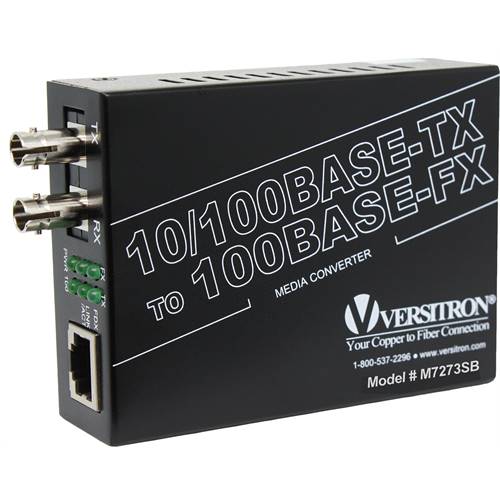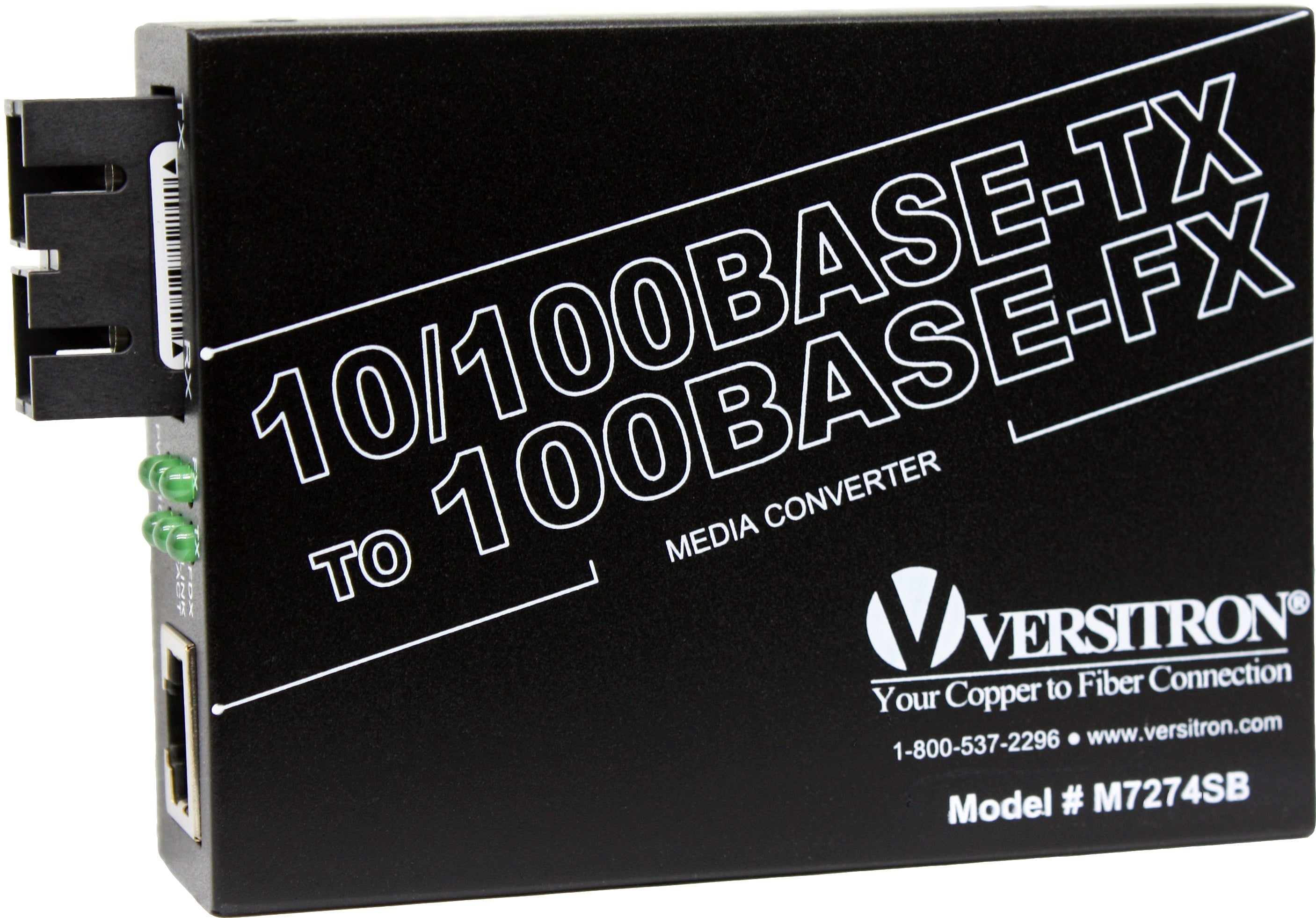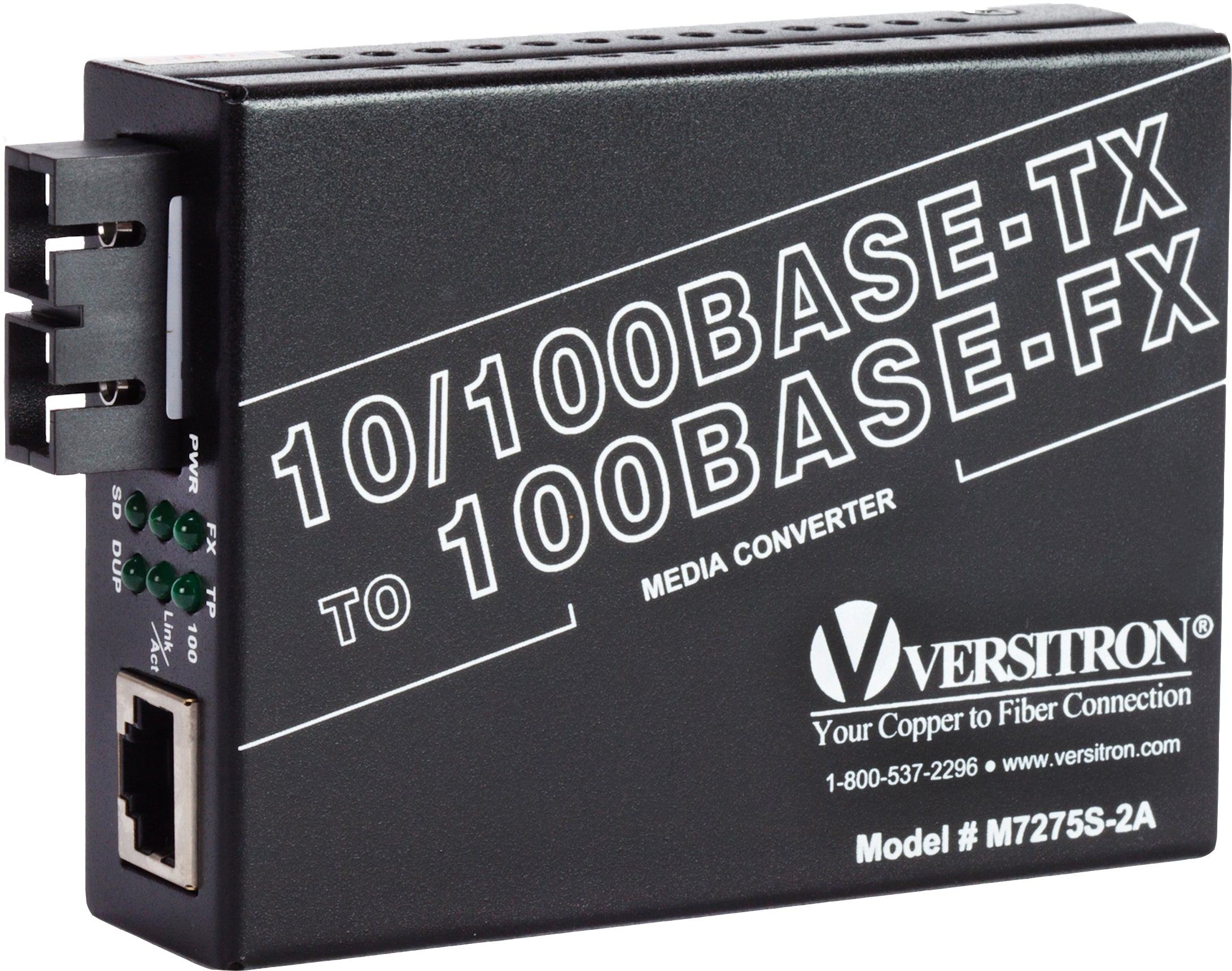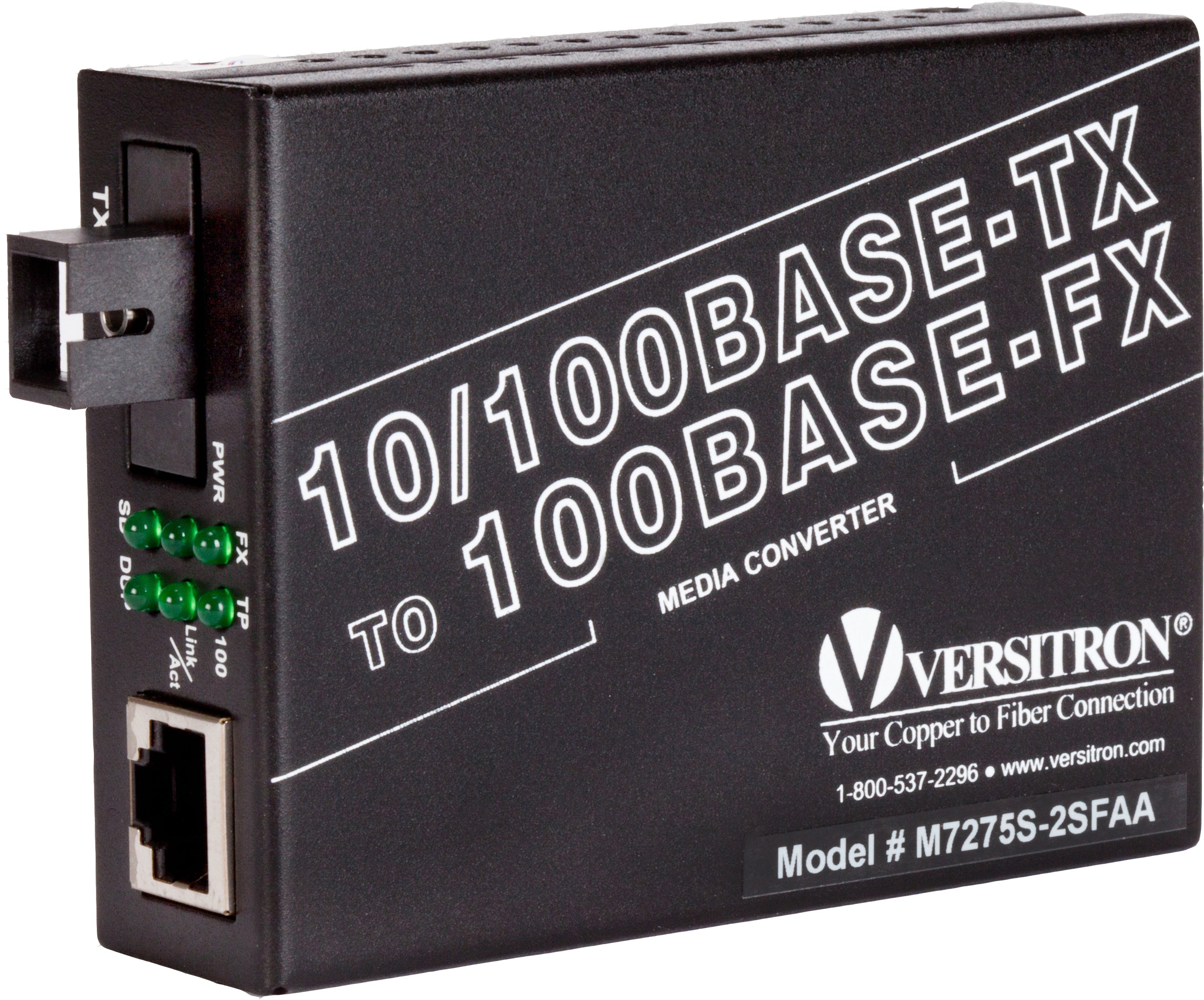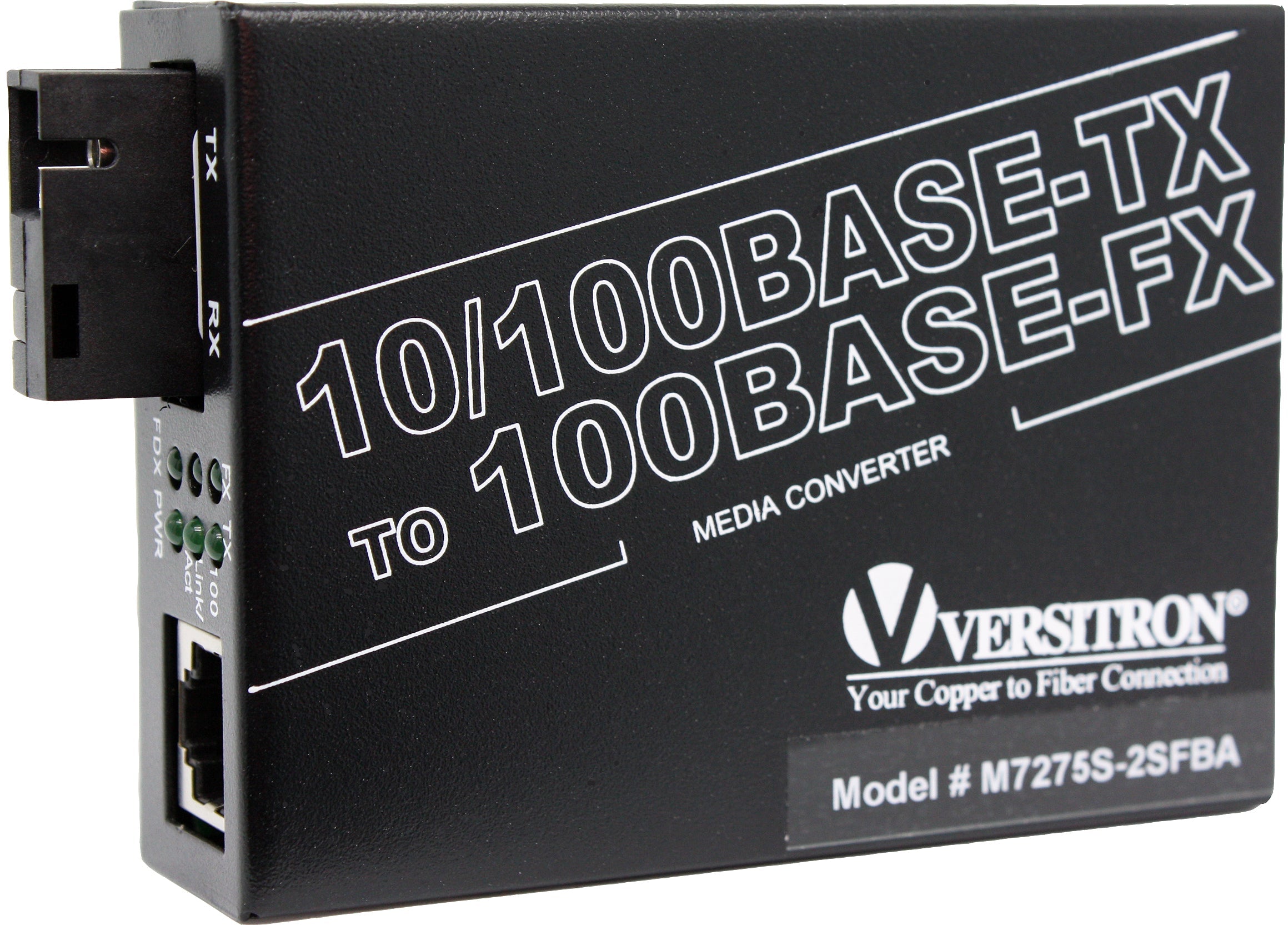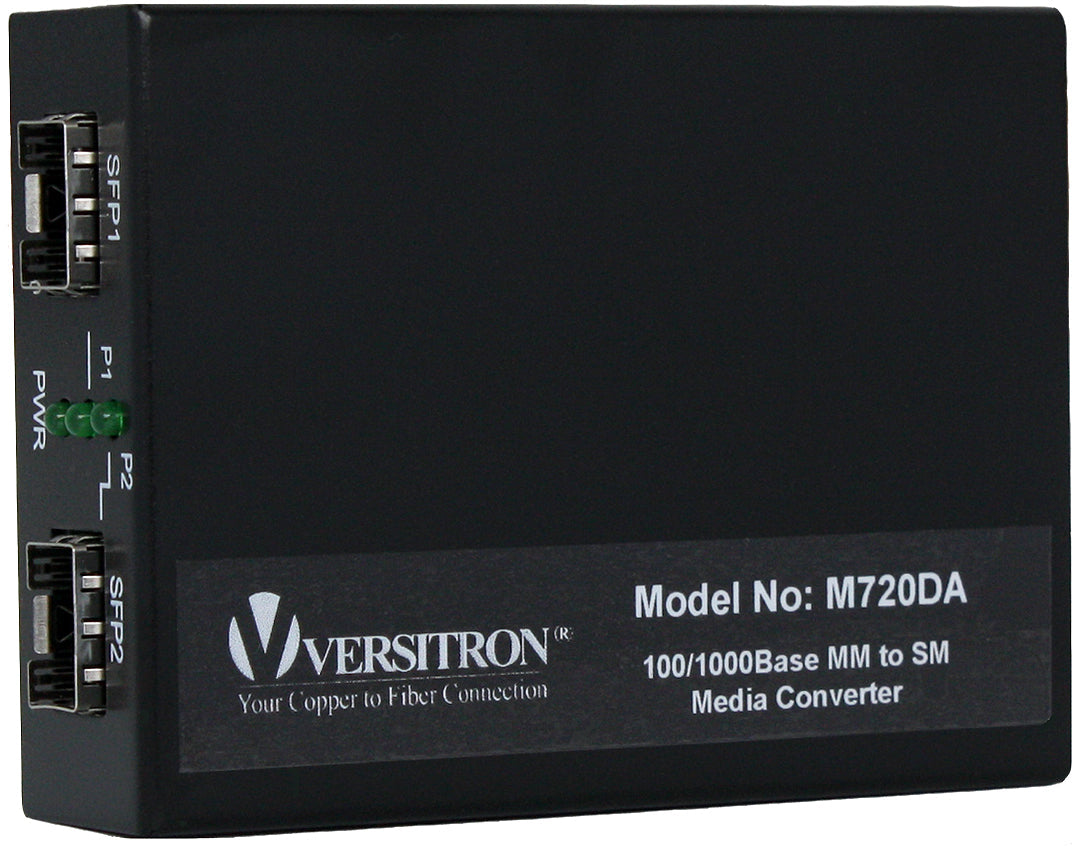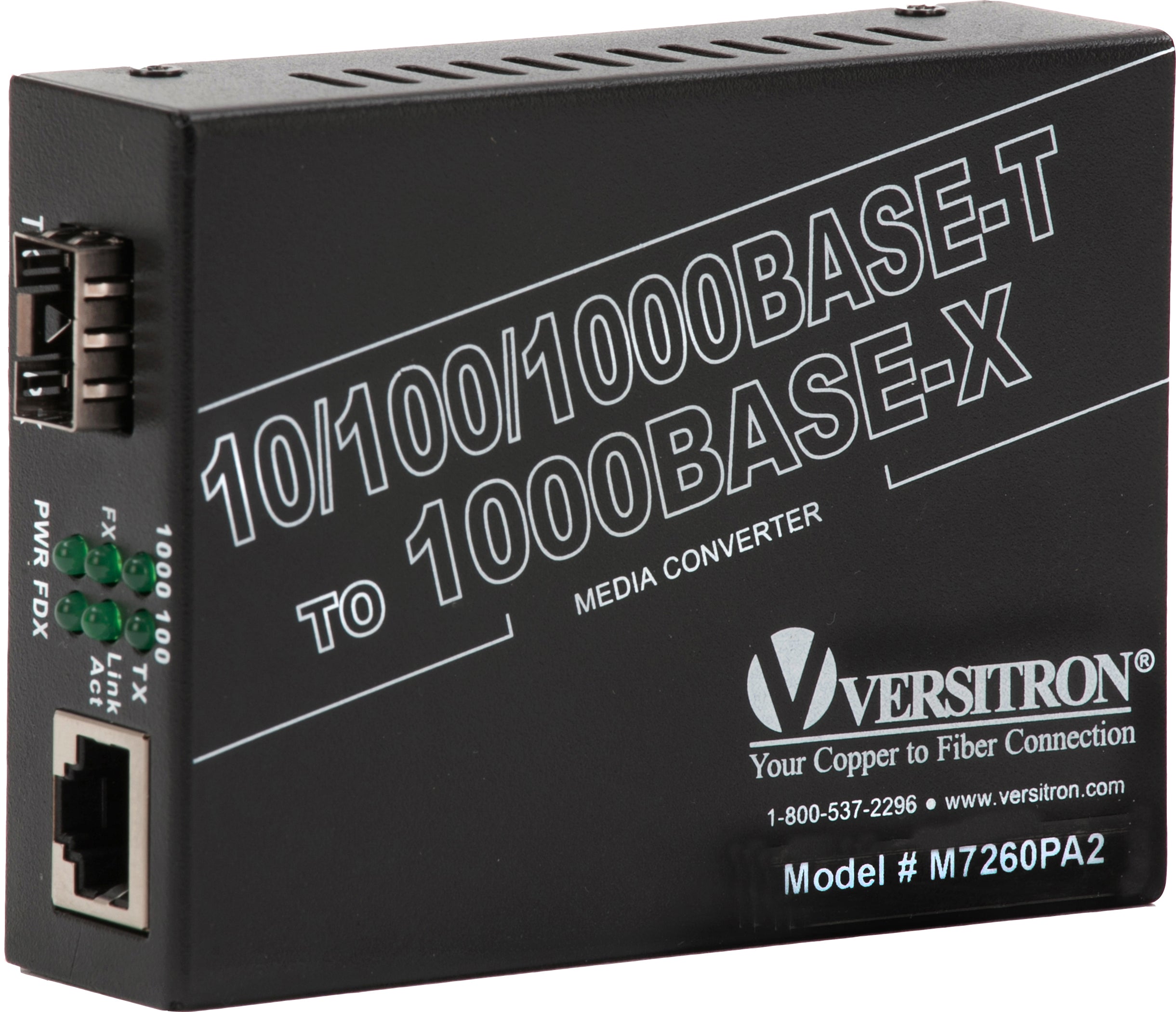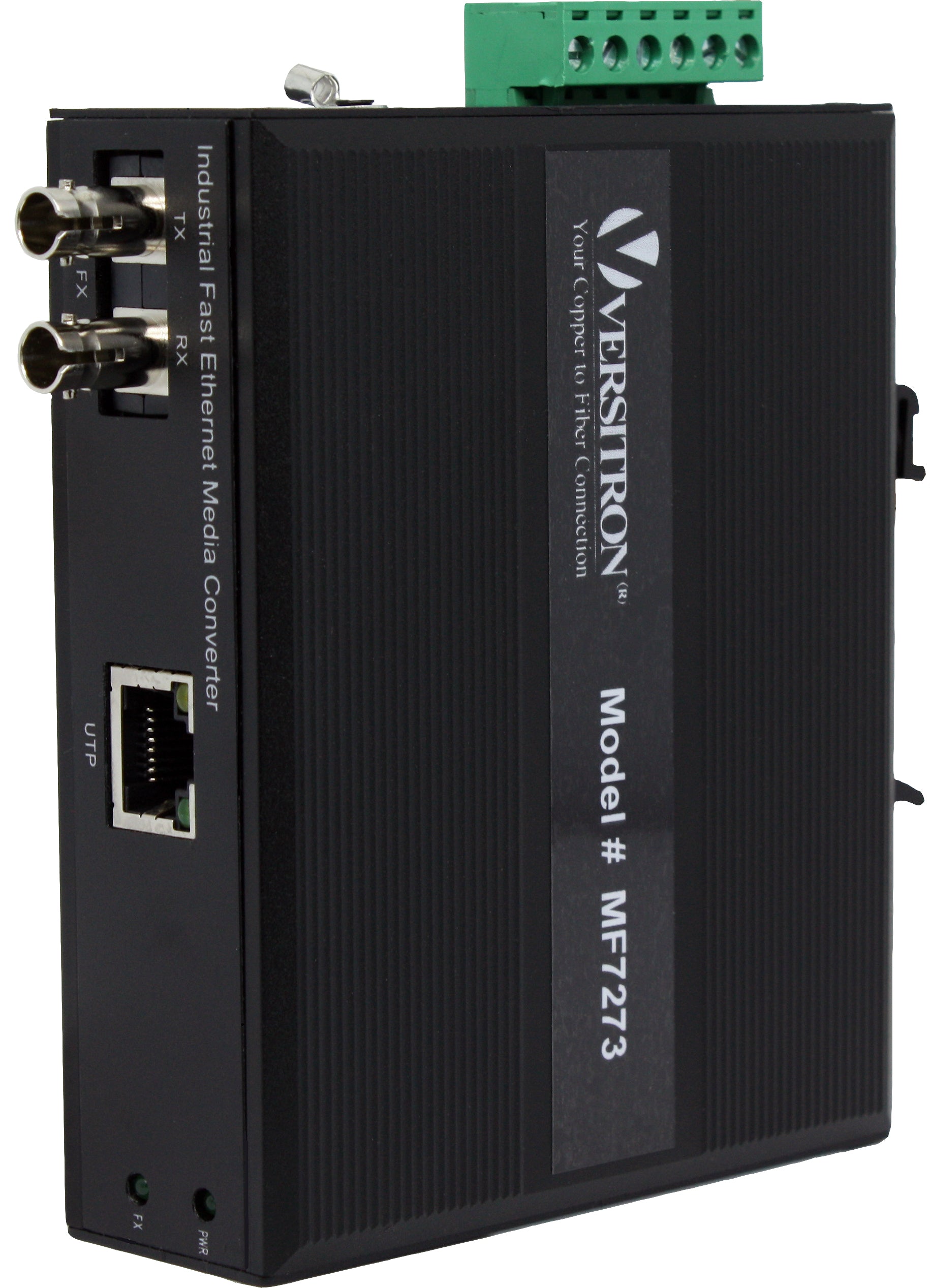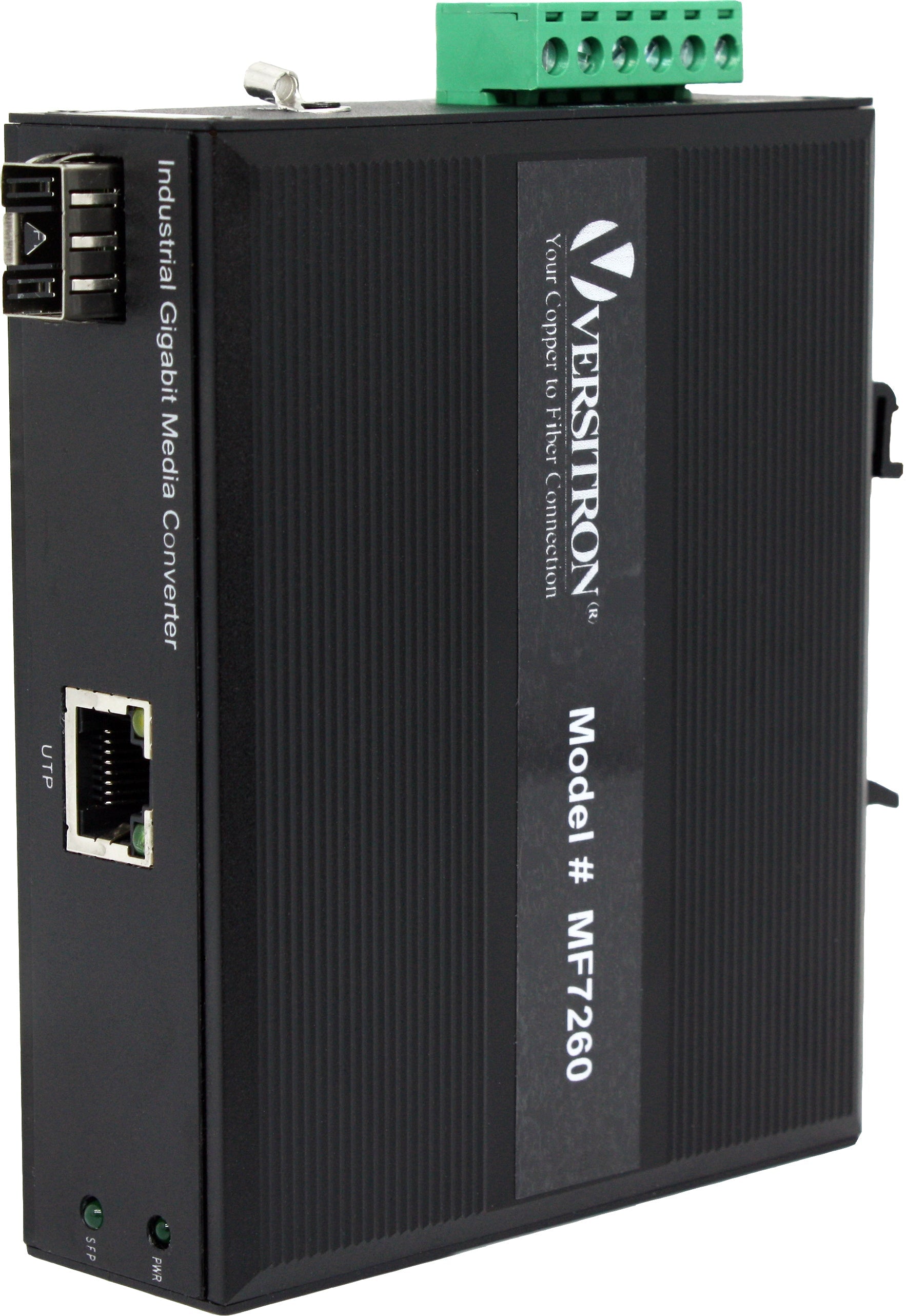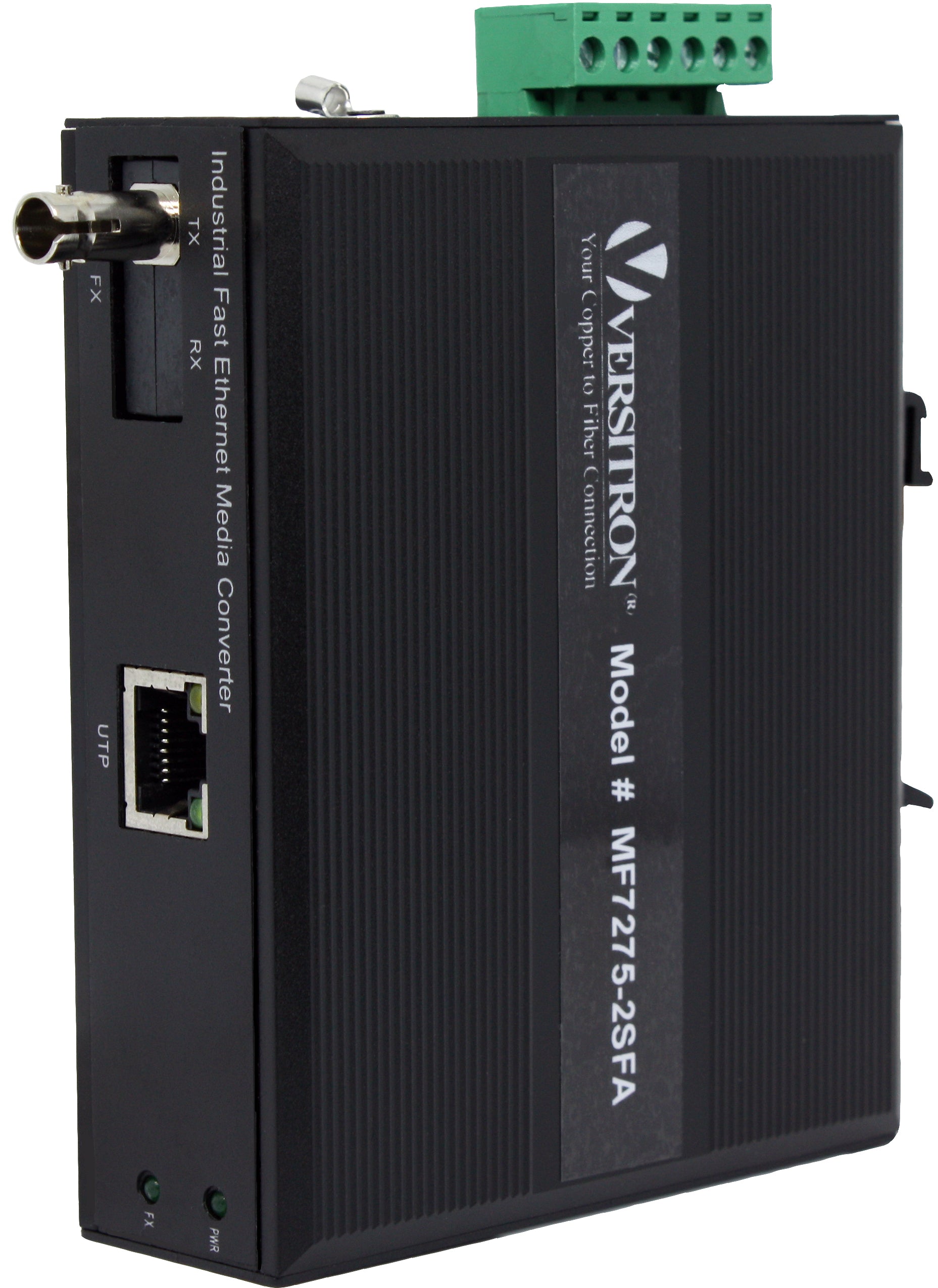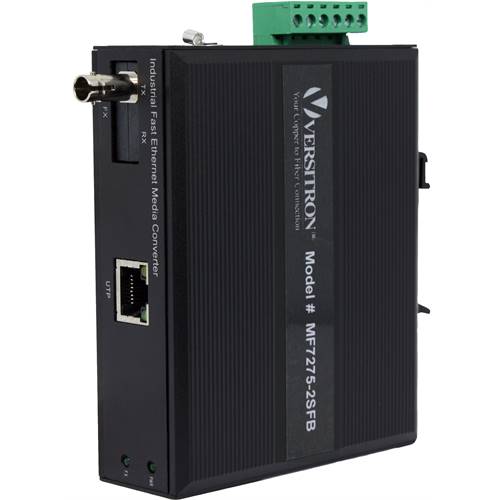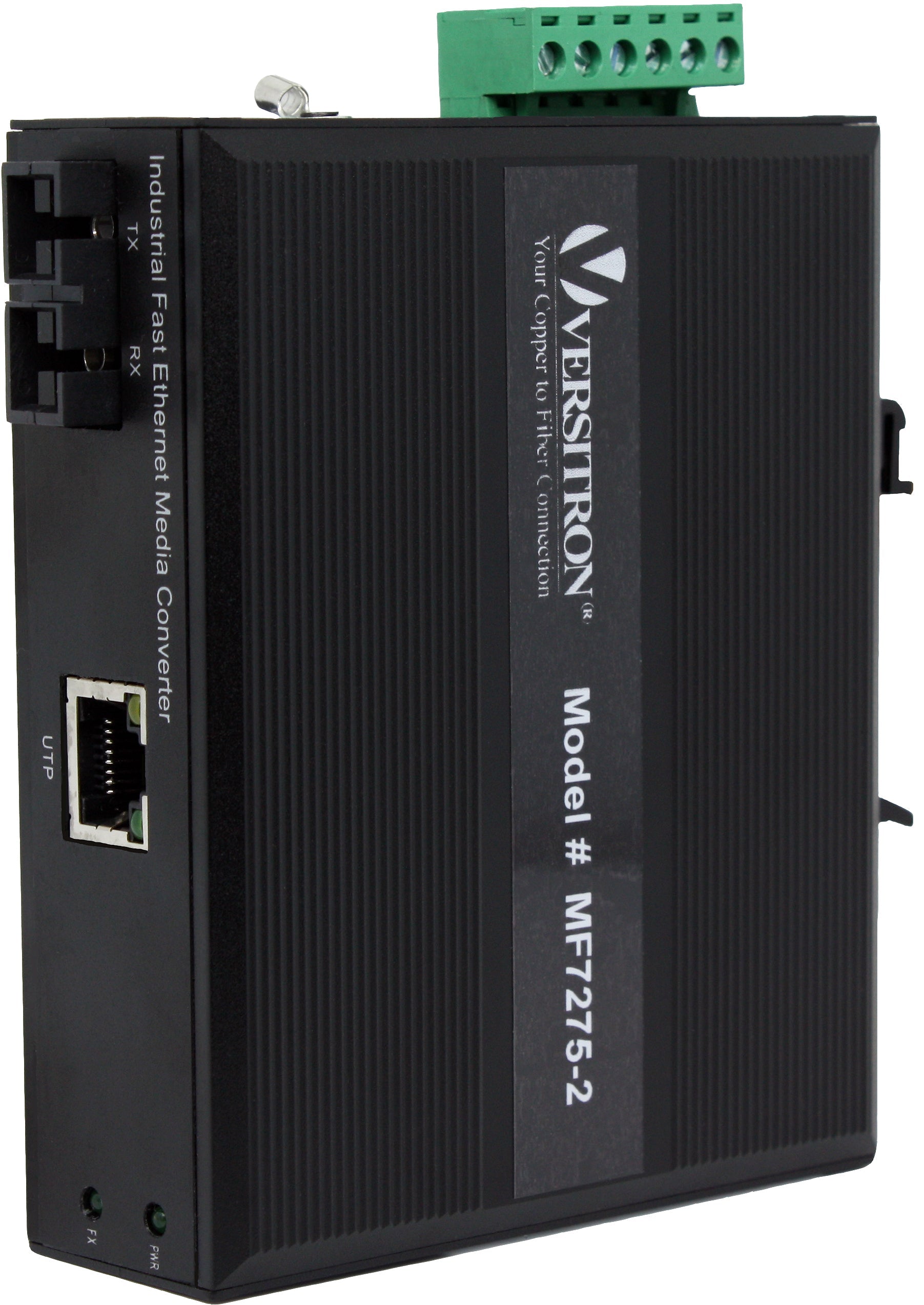In any organization, networking infrastructure features several software and hardware that help establish a connection between different devices and computers on a network. These hardware and software devices facilitate data transmission in a computer network. Most times, this data transmission is conducted in either of the two modes – asynchronous or synchronous. Now, you may think of how these modes differ and which mode is better? Read this post to know the answers.

What is Synchronous Data Transmission?
In synchronous data transmission, the data is transferred in the form of frames or chunks between a receiver and a sender. The data is transferred in a paired approach, and thus, the synchronization of sender and a receiver is necessary. This synchronization becomes possible only when these systems share an internal clock. This data transmission method is employed to transfer time-sensitive data such as voice and real-time video through CCTV.
What is Asynchronous Data Transmission?
Asynchronous data transmission is exactly opposite to synchronous data transmission and doesn't require active synchronization between the receiver and the sender. The data moves in the form of character or byte in a half-paired approach. The character size of data transferred is 8 bits, which becomes 10 bit when the parity bit is added at the beginning and end of the data. This transmission method utilizes parity bits for informing the receiver about data translation. Usually1 character or byte of data is transferred at a time. This data transmission method doesn’t require 2-way or parallel communication to work, which is why it is considered to be simpler than synchronous data transmission. Emails, letters, and forums are a few of the best examples of asynchronous data transmission.
A Few Points of Difference between Synchronous and Asynchronous Data Transmission
Although the basic differences between synchronous and asynchronous data transmission have been covered before, it is important to know how they differ in terms of application. The following pointers will help you understand it better.
- Data Gap: Owing to synchronization, there is no gap between the data sent and received in a synchronous data transmission. In case of asynchronous data transmission, as receiver and sender do not synchronize in real time, so there is a gap between the data sent and received. The start and stop bits are added to data to inform the receiver about the start and end of data character. Although the asynchronous data transmission doesn’t follow a clock for synchronization, the bits added to the front and end synchronize the data transmission by indicating if the character has been received or sent. The timing of each character begins and ends with a start and stop bit. The gap between the transmission of characters is known as a mark state. This state usually has a binary 1 or negative voltage.
- Operational Costs: As said before, the sender and the receiver use a synchronized clock for data transfer, and this makes data transfer faster, and costlier. Against this, the sender and the receiver uses their own input clocks, thus, the data transfer is slow and the transmission is much cheaper than synchronized transmission.
- Transmission Line: Synchronous data transmission makes efficient use of transmission line; against this, the transmission line remains idle between the character transmissions.
- Time Interval: As synchronization is the key to data transfer in synchronous data transmission so the time interval is constant. On the other hand, in asynchronous data transmission, the time interval is random and not constant.
| Feature | Synchronous Transmission | Asynchronous Transmission |
|---|---|---|
| Timing | In synchronous data transmission, the sender and receiver are synchronized with a common clock signal, and data is transmitted in a continuous stream. |
Each character is sent independently with start and stop bits, and the timing between each character is not fixed. |
| Bandwidth |
Requires more bandwidth compared to asynchronous transmission because it involves the constant transmission of data, including control signals. |
Requires less bandwidth compared to synchronous transmission. |
| Efficiency | More efficient than asynchronous transmission because it does not require extra bits to be sent for each character. |
Less efficient than synchronous transmission because it requires extra bits for each character. |
| Error Checking | Employs error-checking methods like parity and checksums to detect and correct errors. | Relies on start and stop bits to detect errors. |
| Complexity | More complex than asynchronous transmission because it requires a clock signal to synchronize the sender and receiver. |
Less complex than synchronous transmission. |
| Distance | Better suited for long-distance communication because it can maintain synchronization over greater distances. |
Suitable for short distances. |
| Transmission Speed | Faster than asynchronous transmission because it does not require extra bits for each character. | Slower than synchronous transmission. |
| Applications |
Used in applications such as telephony, high-speed networks, and real-time data transfer. |
Used in applications such as keyboard input, mouse input, and low-speed data transfer. |
As seen, there are several benefits and limitations of each of these data transmission modes, so the choice entirely depends on the type of application. If the application is operated in real time then synchronous data transmission is ideal and if not then asynchronous data transmission is preferred. Whichever mode of transmission exists, its proper implementation depends on the quality of receiving and sending devices used. It is important that you source these devices from trusted suppliers like VERSITRON. The company provides one of the vast selections of fiber optic media converters, Ethernet media converters, Ethernet network switches, fiber optic multiplexers, and so on.


